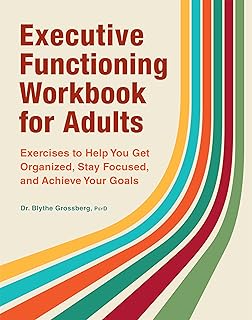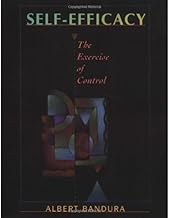Summary of "Знаю, но не делаю. Алгоритм превращения знаний в действия и результаты"
Summary of Key Wellness Strategies, Self-Care Techniques, and Productivity Tips
The video explores why people often know what they need to do but fail to take action. It emphasizes that this is not due to laziness or lack of willpower but is a common human experience. A scientific formula is presented to explain the transition from knowledge to action, along with practical tools to overcome the “crisis of action.”
Key Concepts and Formula for Taking Action
Action Probability = Value of the Reward × Faith in the Plan × Faith in Yourself
- Value of the Reward: How important and meaningful the goal or result is to you.
- Faith in the Plan: Belief that the specific steps you know will lead to the desired result.
- Faith in Yourself (Self-Efficacy): Confidence in your ability to perform the required actions.
If any one of these components is zero or weak, action is unlikely to occur.
Three Scientific Theories Underpinning the Formula
-
Julian Rotter’s Behavioral Potential Theory - Action depends on how valuable the reward is and how much you believe you can achieve it. - Motivation is non-linear; increasing belief (faith) can have a bigger impact than increasing value alone.
-
Victor Vroom’s Expectancy Theory - Motivation = Expectation × Instrumentality × Valence - Splits reward value into:
- Expectation: Belief that effort leads to results.
- Instrumentality: Belief that results lead to reward.
- Valence: How much you want the reward.
- Useful for understanding motivation in others (e.g., workplace incentives).
-
Albert Bandura’s Self-Efficacy Theory - Self-efficacy = belief that actions work × belief that you can perform those actions. - Self-efficacy is contextual and can vary by task. - Four sources of self-efficacy:
- Personal experience of success (most powerful)
- Observing similar others succeed
- Verbal persuasion from trusted people
- Physiological state (rested, calm = higher efficacy)
Practical Strategies for Each Component
1. Increasing the Value of the Reward
Why is this goal important to me?
- Use reflective methods to reconnect with true motivation:
- Five Whys Method: Ask “Why?” repeatedly (up to 5 times) to uncover deep reasons.
- 10-Year Method: Imagine your life in 10 years with and without achieving the goal.
- Epitaph Method: Imagine what you want written on your tombstone; relate goals to this.
- Check if the goal is genuinely yours or imposed by others; discard or adjust goals that don’t resonate.
2. Strengthening Faith in the Plan
Do I know exactly what to do?
- Develop a clear, step-by-step plan, not just vague intentions.
- Use research:
- Read books, articles, watch videos of successful people.
- Experiment with methods to find what works.
- Seek expert guidance:
- Consult coaches, therapists, or experienced people to save time and avoid trial and error.
- Break goals into actionable steps with timelines.
3. Building Faith in Yourself
Do I believe I can do it?
- Recognize and challenge limiting beliefs (e.g., “I’m not disciplined,” “I’m too old”).
- Use one or more of these approaches:
- External Support: Find someone who believes in you (therapist, friend, coach) who can provide encouragement and accountability.
- Commitment Devices: Use external anchors like financial commitments, deadlines, or public promises to create accountability.
- Small Steps: Start with achievable mini-goals to build personal experience of success and gradually increase confidence.
- Remember self-efficacy grows from action, not waiting for confidence to appear first.
Additional Notes on Executive Function and Mental Health
- Executive dysfunction (due to ADHD, depression, anxiety, exhaustion, illness) disrupts the link between intention and action.
- People with such conditions may need more time, support, and self-compassion.
- The formula still applies but requires a gentler, more supported approach.
How to Use the Formula
- Pick one goal you’ve been procrastinating on.
- Rate each component (value, plan, self-belief) from 0 to 10.
- Identify the weakest link.
- Focus your efforts on improving that weakest component first.
- Work step-by-step, not trying to fix everything at once.
Final Takeaways
- The phrase “You just have to want it” is a harmful myth; desire alone is not enough.
- Knowing what to do without belief in the plan and yourself leads to inaction.
- Action is a formula, not magic or pure willpower.
- When value, plan, and self-efficacy align, action becomes much more likely.
Category
Wellness and Self-Improvement
Share this summary
Featured Products




